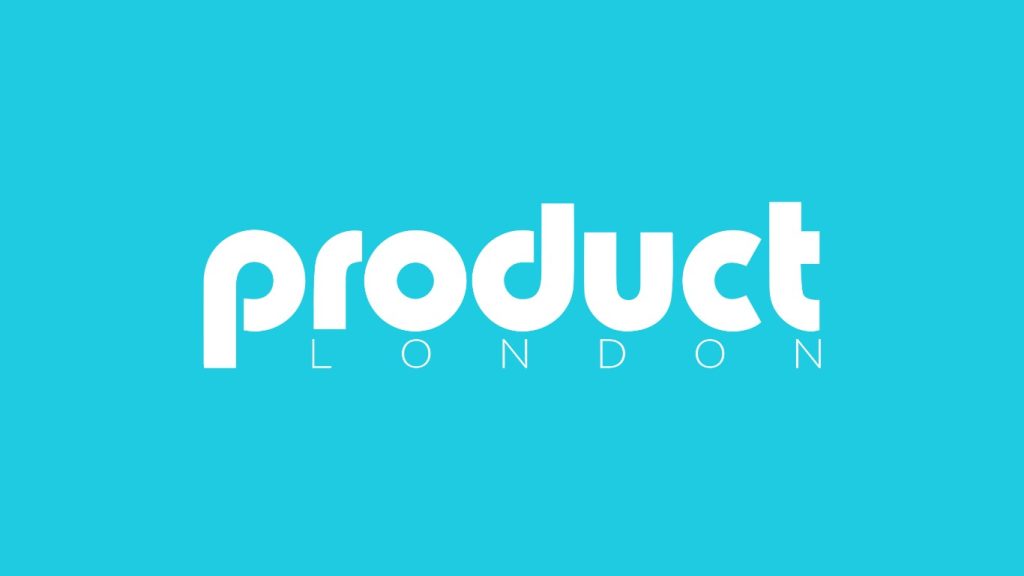To harness Twitter’s potential for influencer collaborations, first, identify and engage influencers using analytical tools like BuzzSumo and prioritize micro-influencers for better engagement. Craft personalized interactions to establish connection. Next, co-create compelling content by involving influencers early and employing diverse formats like tweets and videos, which can amplify engagement and brand perception. Finally, meticulously measure success through engagement metrics, UTM-tracked traffic, and targeted conversion analysis. This careful synthesis not only enhances brand credibility but also bolsters purchase decisions substantially. Explore these strategies further to master the art of impactful influencer collaborations on Twitter.
Key Takeaways
- Utilize analytical tools like BuzzSumo to identify influencers relevant to your brand.
- Engage with influencers through strategic interactions, including liking, retweeting, and commenting.
- Craft personalized collaboration messages that highlight mutual benefits for both parties.
- Co-create diverse content formats with influencers to maximize engagement and reach.
- Measure success using engagement metrics, UTM parameters, and sentiment analysis for performance insights.
Identify and Engage Influencers
In the dynamic domain of social media marketing, identifying and engaging the right influencers on Twitter is pivotal for the success of any collaboration strategy. Utilizing analytical tools like BuzzSumo and Followerwonk allows brands to identify influencers who resonate with their target audience based on engagement metrics and relevance to your brand.
These platforms streamline the process of finding individuals whose content aligns with your campaign goals, guaranteeing a more effective and symbiotic partnership.
To engage with influencers, it is essential to build rapport through strategic interactions, such as liking, retweeting, and commenting on their posts. This groundwork lays the foundation for a successful collaboration.
When reaching out, crafting personalized messages that emphasize mutual benefits can considerably enhance the appeal of your proposal. By illustrating how the collaboration aligns with both parties’ objectives, you guarantee the influencer understands the potential value in engaging with your brand.
Micro-influencers, with their follower base of 1,000 to 100,000, are especially valuable due to their higher engagement rates and perceived authenticity. Their endorsements often come across as more genuine, providing impactful results for brands.
Prioritizing these influencers can lead to more meaningful and successful collaborations.
Co-create Compelling Content
Identifying and engaging with the right influencers lays a solid groundwork for the next phase of collaboration: co-creating compelling content. This strategy can greatly enhance brand presence, as co-created content with influencers often leads to a 60% increase in purchase decisions.
Authentic endorsements resonate more effectively with audiences when compared to traditional advertisements. To maximize engagement, influencers should be involved in the early stages of product development, ensuring content that is both authentic and relevant to their followers.
Utilizing diverse content formats such as tweets, videos, and polls is essential, given that video views on Twitter have surged by 35% year-over-year. Collaborative content that seamlessly aligns brand messaging with the influencer’s style fosters genuine connections, resulting in a 5.5x increase in brand favorability.
This synergy between brand and influencer not only builds credibility but also expands reach. Promotion across multiple channels, tapping into both the brand and influencer’s platforms, can greatly amplify audience interaction.
Measure Collaboration Success
Evaluating the success of influencer collaborations is paramount to understanding their impact on brand growth and engagement. To effectively measure collaboration success, brands must harness Twitter’s robust platform capabilities to track engagement metrics such as likes, retweets, and comments. These metrics are indicative of audience interaction and provide insight into overall campaign performance.
Utilizing analytics tools, brands can explore deeper into these engagement rates, guaranteeing campaign success aligns with established objectives.
To further understand the influencer’s impact, brands should employ UTM parameters and link tracking tools. This approach tracks the traffic directed to the brand’s site from influencer tweets, offering valuable data on referral effectiveness. Conversion rates can also be analyzed through dedicated landing pages or unique promo codes shared by influencers, highlighting direct sales impact and lead generation.
Additionally, sentiment analysis on audience feedback and reactions can provide insights into brand perception and credibility.
- Track engagement: Monitor likes, retweets, and comments for interaction insights.
- Use UTM parameters: Measure traffic from influencer tweets.
- Analyze conversion rates: Assess sales impact via landing pages or promo codes.
- Conduct sentiment analysis: Gauge audience perception and adjust strategies.
Regularly reviewing these key performance indicators guarantees that collaborations are enhancing brand awareness and credibility.
Frequently Asked Questions
How Can Brands Ensure Ethical Collaborations With Influencers?
Brands can guarantee ethical collaborations by adhering to ethical guidelines, implementing transparency standards, conducting influencer vetting and authenticity checks, aligning with audience and brand values, ensuring contract clarity, guaranteeing compensation fairness, and establishing content ownership and accountability measures.
What Are the Risks of Influencer Collaborations on Twitter?
Influencer collaborations on Twitter risk audience misalignment and compromised brand authenticity. Challenges include maintaining message clarity and content consistency, ensuring partnership transparency, and steering through platform algorithms. These factors affect engagement metrics, campaign longevity, trust building, and audience demographics.
How Do Cultural Differences Affect Influencer Collaborations on Twitter?
Cultural nuances considerably impact influencer collaborations on Twitter by affecting communication styles, audience perception, and content authenticity. Language barriers and visual aesthetics can influence trust levels, engagement tactics, brand alignment, while regional trends shape overall collaboration success.
What Legal Considerations Should Be Addressed in Influencer Partnerships?
In influencer partnerships, legal considerations include ensuring contractual agreements encompass disclosure requirements, intellectual property rights, compensation structure, brand alignment, content ownership, liability issues, FTC guidelines, exclusivity clauses, and termination conditions to prevent disputes and maintain compliance.
How Can Brands Handle Influencer Controversies or Scandals?
To handle influencer controversies, brands should employ crisis management and communication strategies, emphasizing transparency practices. Prioritize social listening to gauge audience response, implement proactive measures for damage control, and maintain content authenticity to safeguard brand reputation effectively.
Conclusion
The integration of influencer collaborations into Twitter strategies presents a significant opportunity for brands to boost their visibility and engagement. By identifying and engaging the right influencers, brands can tap into existing networks and foster authentic connections. Co-creating compelling content guarantees that the message resonates with diverse audiences, while measuring collaboration success allows for the optimization of future campaigns. These strategies collectively enable brands to leverage the dynamic nature of social media, driving increased brand awareness and consumer interaction.




